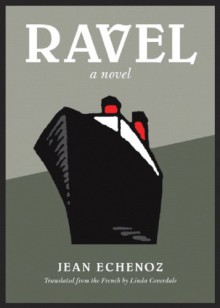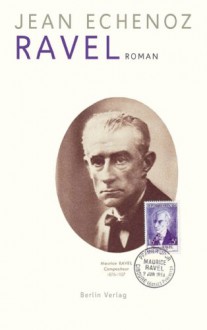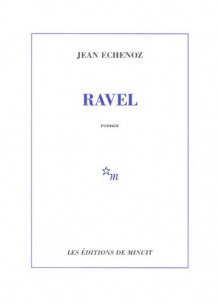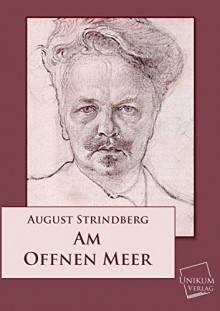During much of European history men shaped the world of things and thought as they believed right and passed over women in silence, if they didn’t hold them in contempt. Highly revered Fathers of the Christian Church like Saint Augustine of Hippo Regius further institutionalised this contempt of women… and of earthly pleasures altogether as shows his autobiography titled Confessiones. In this theological key text he admits that before his conversion to Christianity in 385 he was a man who tasted life to the full. For over ten years he lived with a concubine (probably law forbade a formal marriage) and had a son with her, but in retrospect he regrets this sinful and immoral relationship because it kept him from true love of God. In Vita Brevis. A Letter to Saint Augustine (also translated into English as The Same Flower) the Norwegian writer, philosopher and theologian Jostein Gaarder gave this abandoned woman a voice.
In 1995 in a second-hand bookshop in Buenos Aires, Argentina, Jostein Gaarder comes across an old manuscript in a red box titled Codex Floriae. Its first sentence shows that it’s the letter of a certain Floria Aemilia to Augustinus Aurelius, the Bishop of Hippo Regius in Northern Africa (today: Algeria) who was later to become Saint Augustine. When he translates another sentence, it occurs to him that Floria Aemilia might be the saint’s long-time concubine whom he mentioned in his Confessiones without ever revealing her name. Of course, the author doesn’t know if the seventeenth-century copy is of an authentic letter, but it intrigues him that it might be and he buys it. Back home he makes a copy of the entire letter and sends the original to the Vatican Library for inspection. The Codex Floriae gets lost and the author decides to translate the Latin text from his copy and to publish it as Vita Brevis. A Letter to Saint Augustine. So far in brief what Jostein Gaarder says in his introduction about the actual letter of Floria Aemilia that makes up the major part of the book.
As it soon turns out, the author was right to assume that Floria Aemilia is the concubine of Saint Augustine. The exceptionally intelligent and self-assured woman from Carthage read the Confessiones of her former lover and obviously felt the urgent need to comment on them, notably on the passages dealing with their life together in Northern Africa, Rome and eventually Milan and with the emotional bonds between them that he tries to reduce to sexual desire. But she doesn’t only give her point of view of events (sometimes drifting into bitterness or mockery seeing how religious frenzy distorted his memories and opinions). Thanks to thorough studies of philosophy, theology as well as rhetoric during the years since Augustine sent her back to Carthage, she is able to challenge his notions of (original) sin and morality with great dialectical skill. Above all, she can’t agree with his attitude towards women who are for him the seducers leading men astray from the way to God and Eternal Life. Augustine postulates that all pleasures on Earth are sinful and should be avoided in preparation of life after death, while Floria Aemilia is convinced that pleasures are God-given and that denying them means to deny God’s creation. She supports her arguments with many quotations from classical Greek and Roman sources that Jostein Gaarder points out and explains in footnotes if necessary for understanding.
All things considered, Vita Brevis. A Letter to Saint Augustine isn’t so much a book about Floria Aemilia than it’s about Saint Augustine, his biographical background and above all his philosophy that helped to marginalise women not only in the Christian Church, but in Christian society altogether for more than one and a half millennium. Alone for the critical examination of the Confessiones from a female point of view, it’s a worthwhile read. In addition, it’s well written and easy to follow despite the complex philosophical argument.
Many have wondered, if the Codex Floriae really exists or if the “feminist manifesto” of Floria Aemilia is an invention of Jostein Gaarder. As it seems, the author always refused to clearly answer the question. I think that the book is a gorgeous work of fiction.

 Log in with Facebook
Log in with Facebook 
















